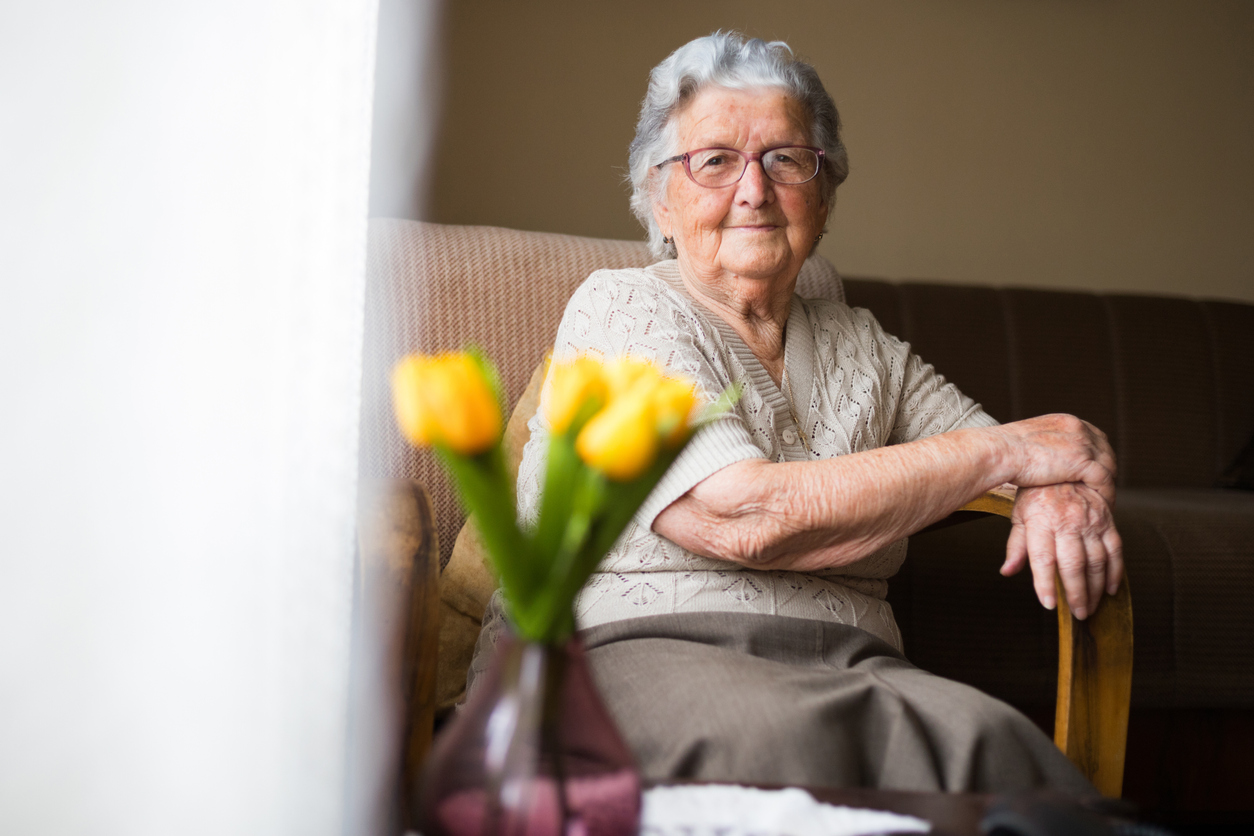The coronavirus pandemic has presented unexpected challenges for the long-term healthcare industry. In their current configurations, nursing homes have been hit hard by COVID-19, and in fact, these facilities were the sites of some of America’s earliest COVID-related fatalities. Despite aggressive responses to the pandemic, nursing homes and their residents and staff continue to bear a heavy burden. A new solution in nursing homes is emerging, however: that of small house models. This innovative care facility configuration shows real promise not only in protecting residents from community spread of pathogens, but improving quality of life for America’s seniors.
The COVID-19 Pandemic in Nursing Homes: Alarming Statistics
According to a database compiled by the New York Times and updated regularly, over 400,000 people in nursing homes have been infected by the novel coronavirus SARS-CoV-2. At least 68,000 of these individuals, including residents and staff, have died. These figures seem high on their own, but in context to the infection rates of the entire U.S. population, the statistics are staggering. Based on the data collected from the U.S. Centers for Disease Control and Prevention (CDC):
- 8% of all U.S. COVID-19 cases have occurred in long-term care facilities
- 41% of all U.S. deaths due to coronavirus have occurred in direct relation to long-term care.
Because of these statistics, small house models have been considered as a way to curb infections and protect its residents.
Challenges in Protecting Nursing Home Residents from COVID-19
Why have nursing homes and other long-term care facilities been disproportionately affected by the coronavirus? There are several factors, presenting ongoing challenges to caregivers and facility managers. These factors include:
- Confined environments with high numbers of residents
- Severe underlying health conditions in an at-risk and aging population
- Shared equipment and common areas
- Frequent movement into and out of facilities by staff, residents, and visitors
- Difficulties in maintaining sanitary living environments
All of these risk factors have contributed to the high rates of infection and deaths related to COVID-19. Facility managers and staff have scrambled to address risks, including social distancing and sanitation protocols. Still, the fundamental problem is the typical configuration of a long-term care facility, with high resident populations and numerous shared areas, creating the need for small house models.
The Small House Nursing Home Model
To counter the drawbacks associated with typical nursing home layouts, the next generation of long-term care facilities has suddenly taken center stage. Sometimes referred to as the “small house nursing home model” or small-house senior living, this innovative model represents a path forward for care facilities.
One of the success stories in small house models is the Green House Project, a non-profit organization founded in the early 2000s as an alternative to larger-scale group care facilities. Today, there are nearly 300 Green Houses in the United States; only 9 of the 245 Houses licensed for nursing care have reported a positive coronavirus case and there have been only six deaths. The Green House Project is only one example of a revolution in long-term care; the small house nursing home model is resonating with America’s seniors, and more such facilities are springing up in communities across the country.
Small house models senior living is characterized by:
- Smaller, home-like living environments.
- Private rooms and bathrooms for each resident.
- Fewer residents in each house, reducing contact between residents. Many facilities will house a dozen or less residents.
- “Universal workers” who provide a wide range of care services for residents, thus reducing the in-and-out staff traffic common in larger facilities.
- Decentralized dining and recreation areas.
- Features designed for improved infection control and sanitation, including greater use of hard surfaces.
Developers have explored many possibilities in designing small house nursing homes. Many are designed to look like residential communities, and can be found in both suburban and rural environments. So-called vertical models lend themselves to more urban landscapes, offering multi-level homes or apartment-like residences.
Seniors are increasingly interested in care environments that remind them of their lives in independent homes. The small house nursing home model provides a cozy, warm, and inviting option for aging care, helping to drive demand for this innovative alternative to the traditional nursing home. Add in the infection control benefits, and the long-term care industry faces a bright new future with smaller care facilities.
About Caitlin Morgan
Caitlin Morgan specializes in insuring assisted living facilities and nursing homes and can assist you in providing insurance and risk management services for this niche market. Give us a call to learn more about our programs at 877.226.1027.


